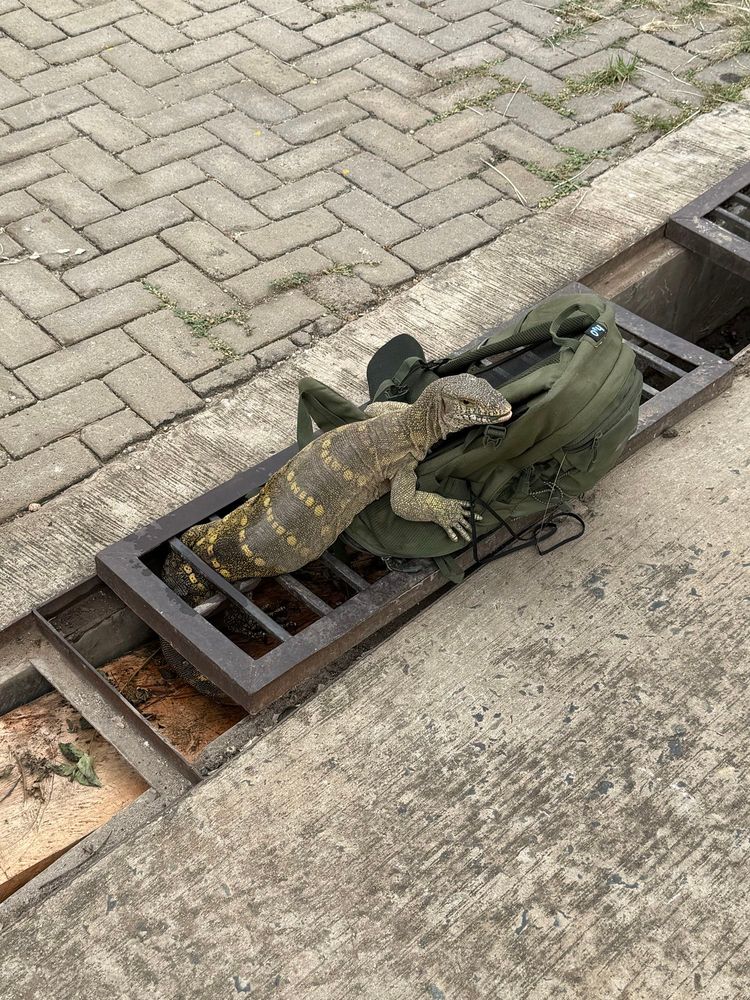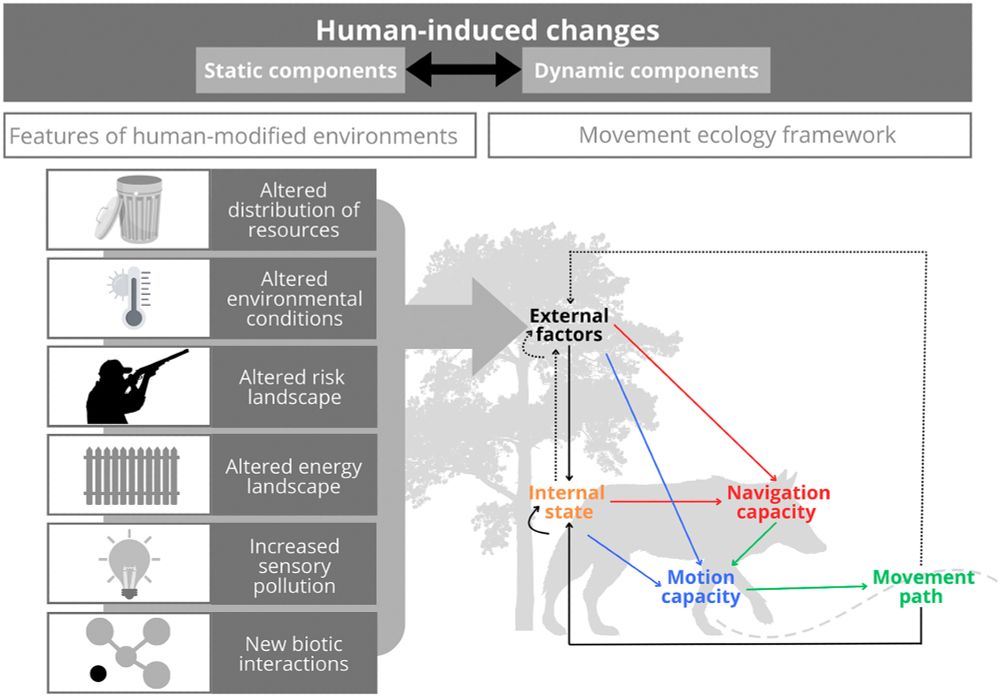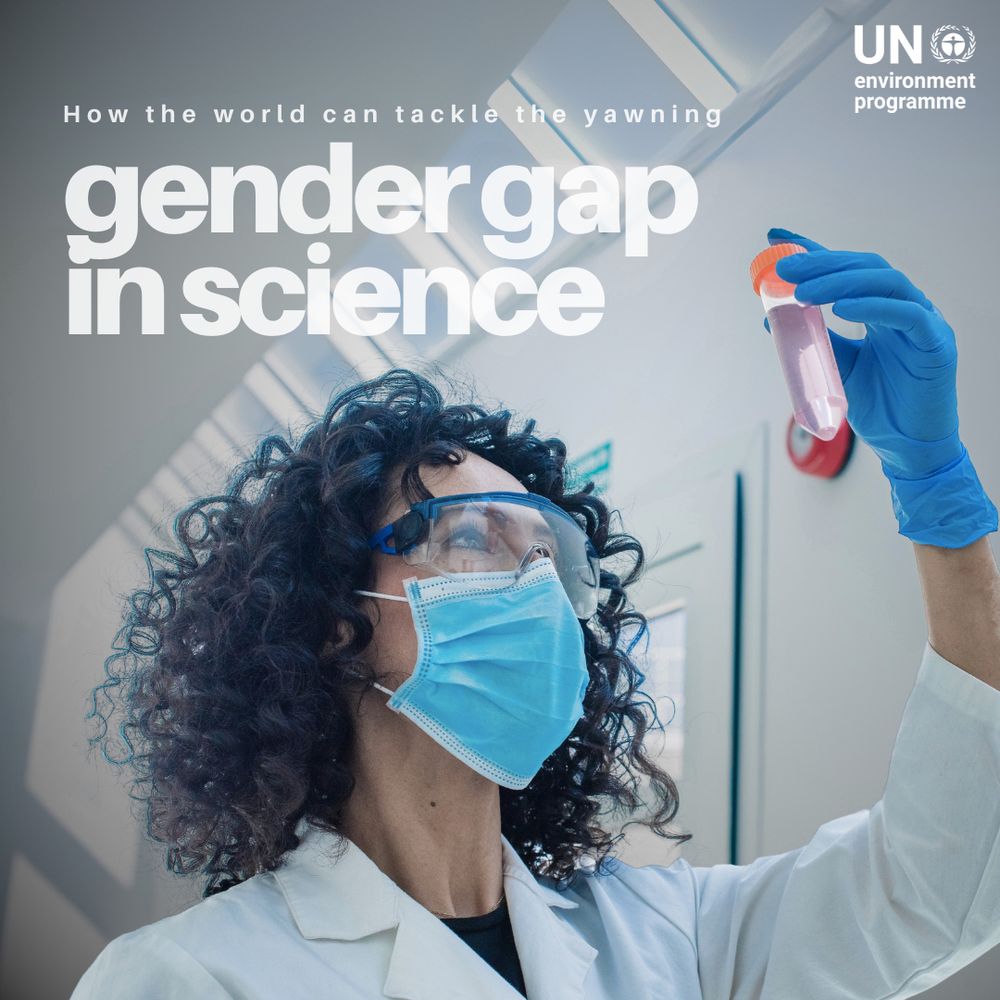
The banded mongoose are adding “proficient at downloading their own biologger data” to the long list of reasons why they are an elite little animal.
#🌍
#wildlifetracking
#conservationscience
@livthezoologist.bsky.social
🐘 Wildlife | Conservation Biologist & Photographer 📍QENP Uganda 🌍PhD candidate: wildlife sleep and climate resilience 📸Wildlife photography (insta): @girlwiththeelephanttattoo

The banded mongoose are adding “proficient at downloading their own biologger data” to the long list of reasons why they are an elite little animal.
#🌍
#wildlifetracking
#conservationscience
*credit to your backpack gor its lizard pacifying services
01.06.2025 12:10 — 👍 0 🔁 0 💬 0 📌 0
Living in the bush often means finding weird solutions to problems faced by animals living near humans.
Huge thanks to aquaphor for a truly multipurpose balm that helped us grease this Nile monitor out of the grate he was trapped in!
@laurarlabarge.bsky.social @leelachanner.bsky.social

Figure from the review article with several panels. The first shows declines in seed disperser species richness, body mass, movement, range size, and population size spanning ~6% to ~30% for each. The next shows that seed disperser species have higher proportions of threatened and endangered species than other groups of animals. The last three panels show maps of mammalian seed disperser losses due to extinction, losses and gains of range size, and potential losses of endangered animals. For each of these three maps, most regions have substantially lost seed dispersers, have seed dispersers that exist in smaller ranges, or have many endangered seed dispersers.
The majority of plant species rely on animals to move their seeds. Birds, mammals, and other seed dispersers shape plant biodiversity, recovery from disturbance, and responses to climate change.
But this is breaking down as seed disperser diversity, abundance, and movement decline worldwide.
That time I learnt that the best camera is the one you have… the best reward for a long day on the computer!
12.05.2025 15:26 — 👍 0 🔁 0 💬 0 📌 0

Calibrating new mini tech for tracking social interaction & movement of the bandeds in a complex enviro like QENP is a challenge, but cheers to the hippo that cleared this path for easier testing!
#movementecology #animalbehaviour #africanmammals #conservation #conservationscience

New review out in J Anim Ecol!
We explore how to predict animal movements in human-modified environments, highlighting the need for mechanistic models to guide conservation.
📄 doi.org/10.1111/1365...
#MovementEcology #Anthropocene



Fun first few days getting to know the bandeds of QENP and getting started on my PhD data collection!
29.04.2025 17:10 — 👍 2 🔁 0 💬 0 📌 0
The world needs female scientists & their unique perspectives to tackle the triple planetary crisis. Yet, they continue to face long-standing barriers.
This #WomenInScience Day, learn more about what it takes to close the yawning gender gap in science: www.unep.org/news-and-sto...




Happy International Day of Women and Girls in Science to all the amazing women I’ve been privileged to meet in conservation science.
Sure, it can be a tough road, but to anyone who dreams of a STEM career, I promise nothing worth having comes easy, and you won’t look back - you got this.

"Protecting the Nguru spiny pygmy chameleon is essential not only for conserving a unique species but also for safeguarding the rich biodiversity of Tanzania’s montane forests." - Eva Ayaro, 2024 Leventis African #Biodiversity Fellow.
www.fauna-flora.org/news/ten-spe...